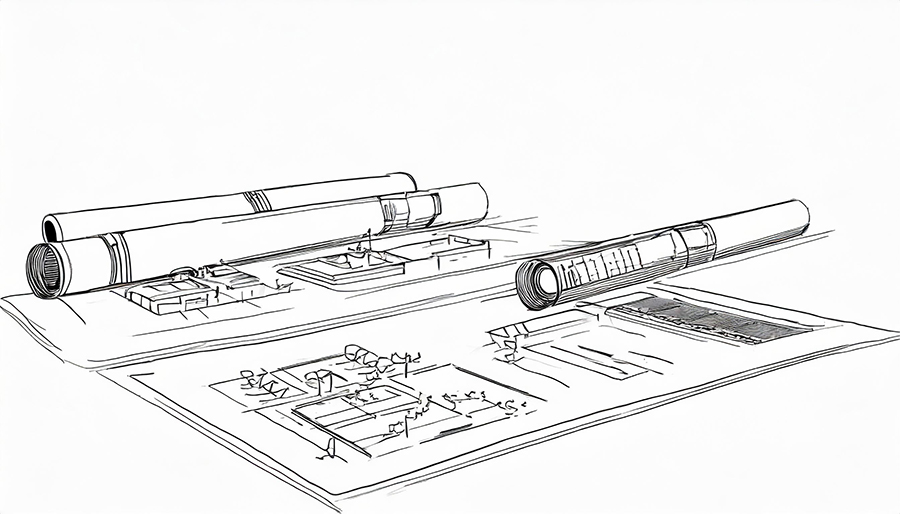Whether you require a sitemap or not depends on several factors. Let’s examine the XML sitemap first. The following questions can help you decide if an XML sitemap is necessary for your website:
Is your website large enough that Google may overlook newly updated content during its crawling process?
Is your website relatively new with limited external links pointing to it? Even if your website is well-established, but lacks external links, the answer to this question should be yes.
Does your website have a high volume of content, such as photos, videos, and news articles?
Does your website’s architecture result in poorly linked pages?
This may also be the case with archived or orphan pages you wish to have indexed.
If you answered yes to any of the above questions, then it is recommended to have an XML sitemap. Even if you answered no to all of the questions, having an XML sitemap can still be beneficial in the event your website grows or expands its scope.
Now, let’s consider whether an HTML sitemap is necessary. The answer to this question may vary, but an HTML sitemap is not outdated and can still be useful. The XML sitemap provides important information for Google to crawl, index, and learn about your website’s pages, but it doesn’t show the hierarchy like an HTML sitemap does. An HTML sitemap can give Google a better understanding of your website’s architecture and relationships by presenting the links within your site. This is particularly beneficial for websites with a large number of pages.
While an HTML sitemap is not critical, it can provide some benefits and can be considered a best practice. As a result, it is recommended to have both an XML and HTML sitemap, as the benefits outweigh the drawbacks.
In conclusion, if you’re curious about how to create these sitemaps and where to place them on your website, Call Me: The Graphics Guy (732)513-6807


